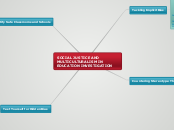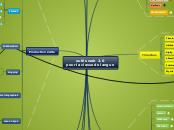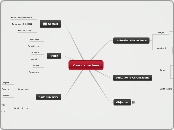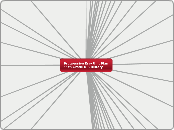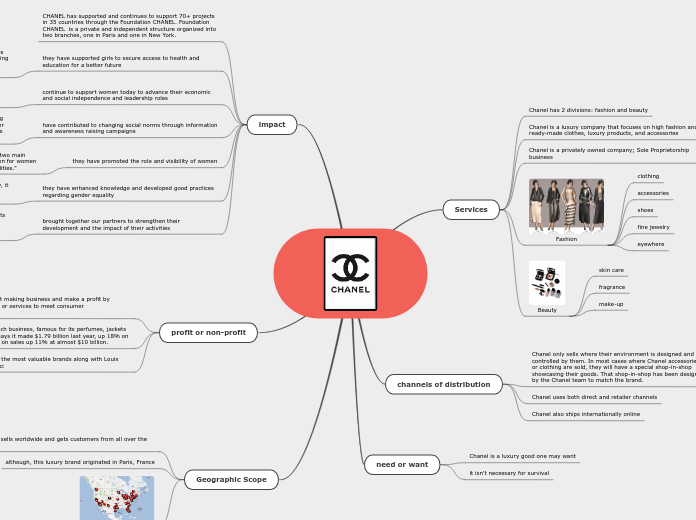par Rosa Diaz Il y a 8 années
292
SOCIAL JUSTICE AND MULTICULTURALISM IN EDUCATION INVESTIGATION
Uncovering hidden biases and understanding their impact is crucial in promoting social justice and multiculturalism in education. Discrimination manifests through behaviors that treat individuals unequally based on group identity.
